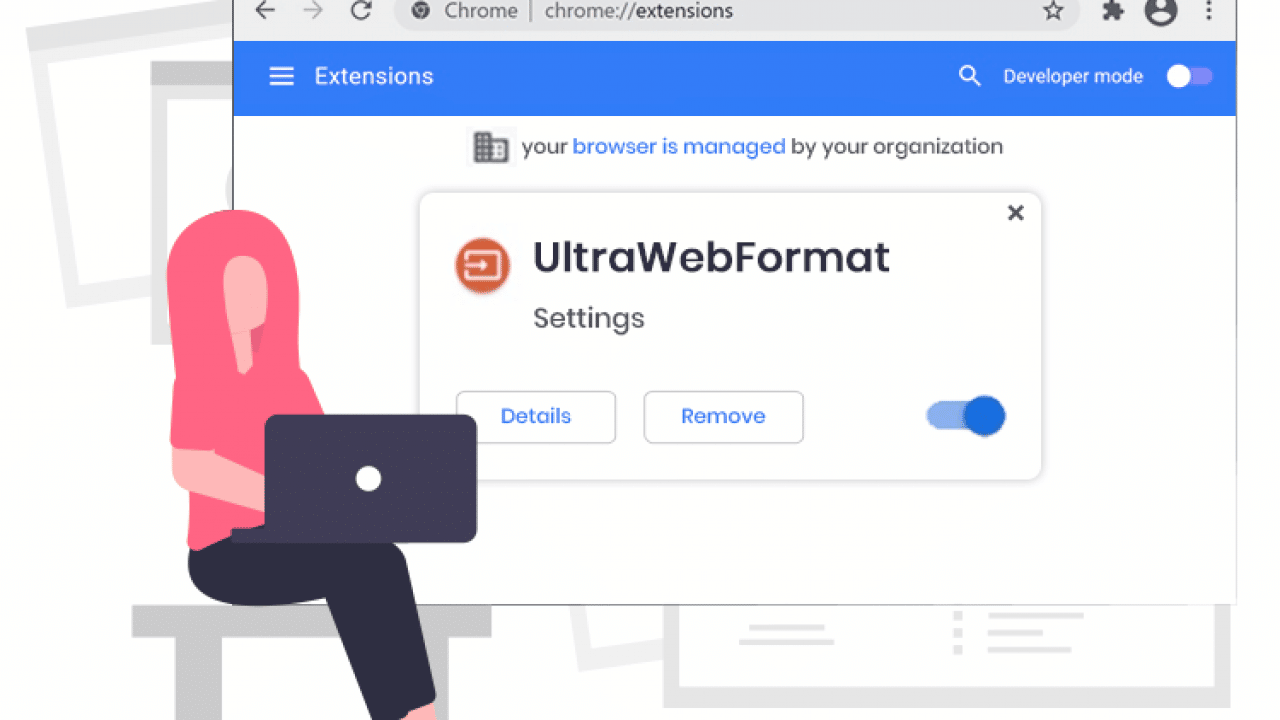Do you ever get the feeling that someone is watching you? That’s how it can feel when your browser starts displaying ads for products you’ve just been looking at online. You may have a browser hijacker installed on your system. Browser hijackers are a form of malware that alters browser settings without the user’s permission. They are often used to inject advertising into web pages, but they can also be used to collect banking information and other sensitive data. In this blog post, we will discuss what browser hijackers are, how they work, and how you can protect yourself from them!
How Browser Hijackers Infect Computers
Browser hijackers typically come bundled with other free software that you download from the Internet. They are often included in browser toolbars, browser extensions, and other browser-related programs. When you install one of these programs, the browser hijacker is also installed without your knowledge or consent. Once installed, the browser hijacker will change your browser’s homepage and search engine to the hijacker’s own page. It will also add itself to your browser’s list of extensions, making it difficult to remove.
How Browser Hijackers Work
The purpose of browser hijackers is to generate revenue for their creators through advertising. They do this by injecting ads into web pages that you visit and by displaying ads on the hijacker’s own page. They may also collect data about your online activities so that they can show you targeted advertising. In some cases, browser hijackers can also be used to collect banking information and other sensitive data.
Symptoms of a Browser Hijacking Attack
The most common symptom of a browser hijacking attack is the sudden appearance of unwanted ads on your web browser. These ads may be displayed on web pages that you visit, in your browser’s toolbar, or on the browser hijacker’s own page. You may also see new icons or toolbars added to your browser, or your homepage and search engine may be changed without your consent. In some cases, browser hijackers can also redirect you to malicious websites that will infect your computer with other malware.
Common browser hijackers include:
- Conduit: This browser hijacker is often bundled with free software from the Internet. It will change your browser’s homepage and search engine to the Conduit page, and it will add a toolbar to your browser.
- Delta Search: This browser hijacker is also often bundled with free software from the Internet. It will change your browser’s homepage and search engine to the Delta Search page, and it will add a toolbar to your browser.
- Babylon: This browser hijacker is often bundled with free software from the Internet. It will change your browser’s homepage and search engine to the Babylon page, and it will add a toolbar to your browser.
- Ask Toolbar: This browser hijacker is often bundled with free software from the Internet. It will change your browser’s homepage and search engine to the Ask page, and it will add a toolbar to your browser.
How to Protect Yourself from Browser Hijackers
The best way to protect yourself from browser hijackers is to be careful when installing free software from the Internet. Always read the terms and conditions before installing any program, and be sure to uncheck any boxes that say you agree to install browser hijackers or other unwanted programs. You should also install a good antivirus program and keep it up-to-date. This will help protect your computer from browser hijackers and other malware.
If you think you may have a browser hijacker installed on your computer, you can use a browser extension or toolbar removal tool to try to remove it. If this doesn’t work, you may need to reinstall your browser.
We hope this blog post has helped you understand what browser hijackers are and how you can protect yourself from them. If you think you may have a browser hijacker installed on your computer, we recommend that you follow the steps above to try to remove it.

